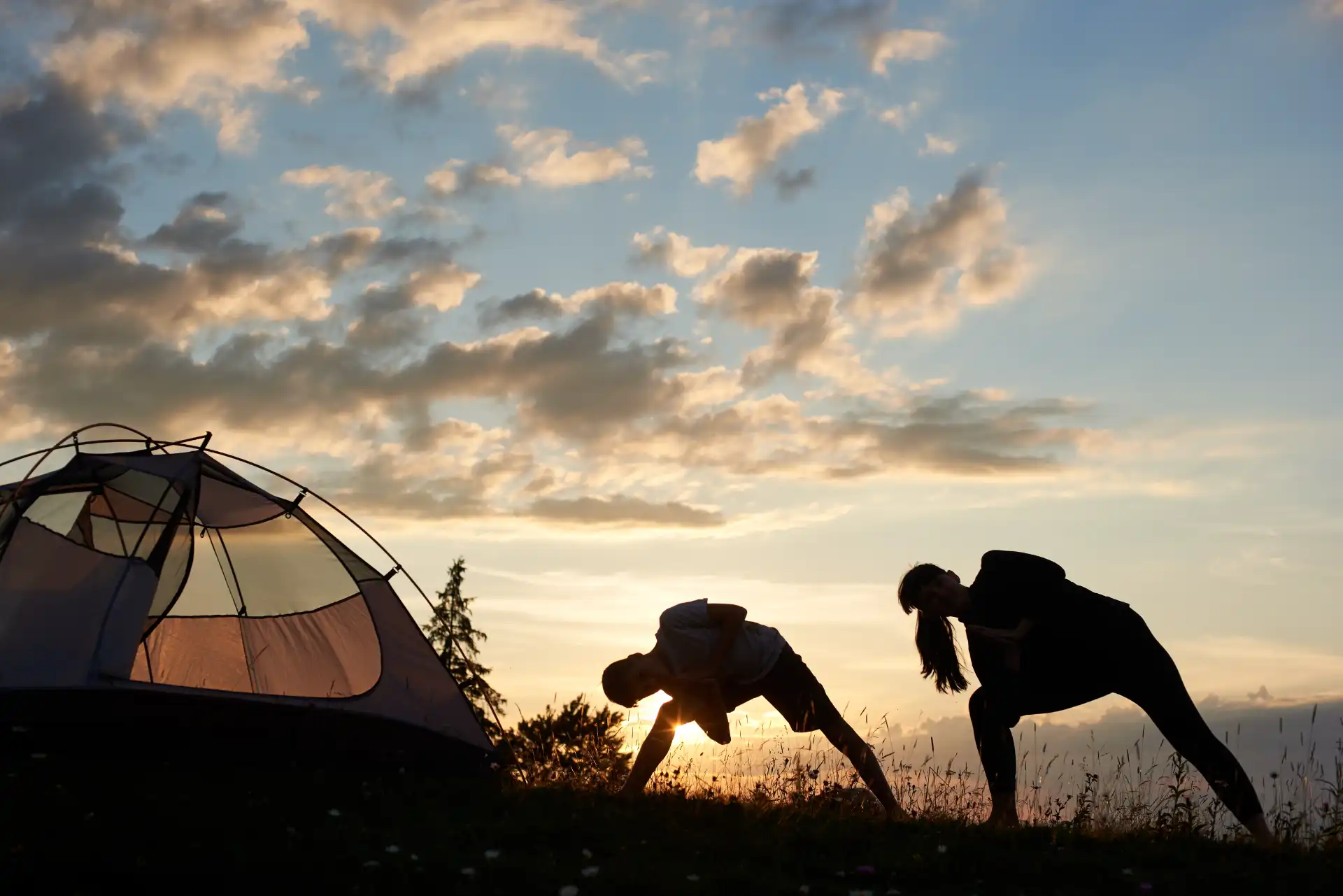Top 5 Outdoor Sports That Build Survival Strength and Endurance
If you had to run with your gear, climb out of danger, or carry a loved one to safety, could you do it? Modern fitness often focuses on aesthetics—abs, calories, and gym selfies. But in a grid-down world, it’s function that saves lives. That’s why these survival fitness sports are critical for any serious prepper.
These aren’t just workouts—they’re disciplines that sharpen your body, mind, and ability to survive in any environment. They don’t require fancy gyms or electricity—just grit, gravity, and the great outdoors.
1. Rucking (Weighted Hiking)
Why it matters: Rucking trains you to move fast and far with gear on your back. In a bug-out scenario, this could mean life or death.
- Builds: Cardiovascular endurance, leg strength, core stability
- How to start: Load a backpack with 10–30 lbs and walk local trails or parks
- Pro Tip: Gradually increase both weight and distance to avoid injury
Rucking also preps your feet—one of the most critical tools in a survival situation.
2. Rock Climbing or Bouldering
Why it matters: Whether you’re scaling ruins, evading threats, or simply navigating terrain, upper body strength and grip can’t be overlooked.
- Builds: Full-body control, grip strength, spatial awareness, fear management
- Tools: Climbing shoes, chalk, optional harness (for top rope)
Start at a local bouldering gym, then take your skills to outdoor spots. Climbing sharpens both the body and the mind under pressure.
👉 Related: Combat Fitness: Survival Sports That Train Your Body and Mind
3. Trail Running
Why it matters: In a true emergency, roads may be blocked and vehicles useless. Trail running trains you to move fast across unpredictable terrain.
- Builds: Foot strength, ankle stability, cardiovascular output, mental toughness
- Environment: Forest paths, riverbanks, desert trails—anywhere but sidewalks
Try adding sprints, hill climbs, or run with a light pack for real-world stress testing.
4. Canoeing or Kayaking
Why it matters: Waterways may become escape routes or supply lines in grid-down events. Paddling builds strength, navigation skills, and water confidence.
- Builds: Shoulder strength, core endurance, balance, situational awareness
- Bonus: Practice gear loading, docking, and emergency drills
Learning to navigate water opens up bug-out options most people never consider.
5. Functional Bodyweight Training (Outdoors)
Why it matters: You won’t have barbells in the wild—but you will have logs, rocks, and your own bodyweight. Train where you might survive.
- Key Movements: Pushups, pull-ups, squats, lunges, burpees, log carries
- Settings: Park trees, jungle gyms, trails, beaches, or backyards
Build routines around real-world movement. For example: sprint 100m, do 10 pushups, carry a log 50ft, repeat.
👉 Also read: How to Survive 30 Days Without Power
Bonus: Add Stress Training to Your Sports
Survival isn’t clean. It’s muddy, loud, confusing, and relentless. Add stress layers to your outdoor training:
- Train in hot, cold, or rainy weather
- Use time limits, random drills, or limited gear
- Train fasted or under load to simulate fatigue
This isn’t about being the strongest—it’s about being prepared.
Conclusion: Build Fitness That Keeps You Alive
True survival fitness sports don’t just build a body—they build a survivor. Every run, carry, and climb prepares you to respond, move, and endure when comfort disappears.
Choose two of these sports and make them a weekly habit. Don’t wait until the crisis to start sweating. Get out there, get stronger, and become your own rescue team.
✔️ More survival-ready training tips:
The gym won’t save you. Your training will.
